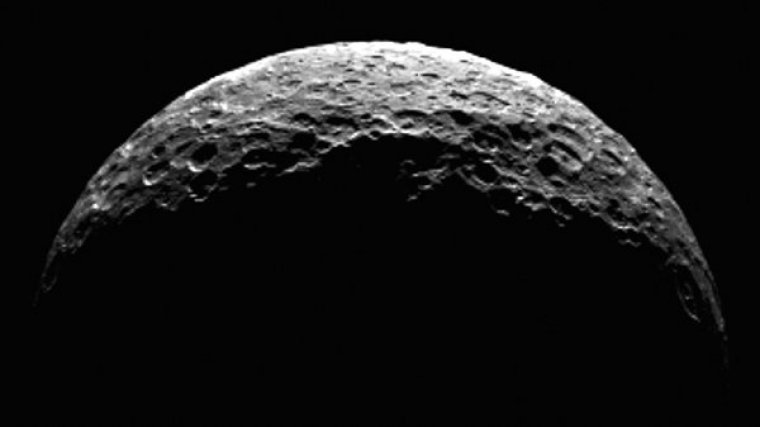| News / Science News |
Dawn Glimpses Ceres' North Pole
NASA | APRIL 18, 2015
After spending more than a month in orbit on the dark side of dwarf planet Ceres, NASA's Dawn spacecraft has captured several views of the sunlit north pole of this intriguing world.
These images were taken from a distance of 21,000 miles (33,000 kilometers), and they represent the highest-resolution views of Ceres to date.
Ceres, with an average diameter of about 590 miles (950 kilometers), is the largest body in the main asteroid belt between Mars and Jupiter. Dawn has been using its ion propulsion system to maneuver to its first science orbit at Ceres, which it will reach on April 23. The spacecraft will remain at a distance of 8,400 miles (13,500 kilometers) from the dwarf planet until May 9. Afterward, it will make its way to lower orbits.
YOU MAY ALSO LIKE



